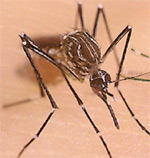Archive for the ‘Yellow Fever’ Category
8/13/1878: Kate Bionda, a restaurant owner, becomes first to die of yellow fever in Memphis, Tennessee (pop. 50,000)
Monday, August 13th, 2018“……An average of 200 people died every day through September. There were corpses everywhere and near continual ringing of funeral bells. Half of the city’s doctors died.
The epidemic ended with the first frost in October…..”
The image was taken by the Expedition 41 crew.
Sterile Insect Technique on Aedes aegypti mosquitoes
Monday, July 16th, 2018In an international partnership between CSIRO, Verily and James Cook University, scientists used specialised technology to release millions of sterilised male Aedes aegypti mosquitoes across the Cassowary Coast in Queensland in a bid to combat the global pest.
CSIRO Director of Health and Biosecurity Dr Rob Grenfell said the results were a major win in the fight against diseases-spreading mosquitoes.
“The invasive Aedes aegypti mosquito is one of the world’s most dangerous pests, capable of spreading devastating diseases like dengue, Zika and chikungunya and responsible for infecting millions of people with disease around the world each year,” Dr Grenfell said.
“Increased urbanisation and warming temperatures mean that more people are at risk, as these mosquitoes which were once relegated to areas near the equator forge past previous climatic boundaries.
“Although the majority of mosquitoes don’t spread diseases, the three mostly deadly types the Aedes, Anopheles and Culex are found almost all over the world and are responsible for around 17 per cent of infectious disease transmissions globally.”
From November 2017 to June this year, non-biting male Aedes aegypti mosquitoes sterilised with the natural bacteria Wolbachia were released in trial zones along the Cassowary Coast in North Queensland.
They mated with local female mosquitoes, resulting in eggs that did not hatch and a significant reduction of their population.
“Our heartfelt thanks goes out to the Innisfail community who literally opened their doors to our team, letting us install mosquito traps around their homes and businesses – we couldn’t have done this without your support,” Dr Grenfell said.
The process, known as the Sterile Insect Technique, has been successfully used since the 1950s but the challenge in making it work for mosquitoes like the Aedes aegypti has been rearing enough mosquitoes, removing biting females, identifying the males and then releasing the huge numbers needed to suppress a population.
To address this challenge, Verily, an affiliate of Alphabet Inc, developed a mosquito rearing and sex sorting and release technology as part of its global Debug project.
“We’re very pleased to see strong suppression of these dangerous biting female Aedes aegypti mosquitoes,” Verily’s Nigel Snoad said.
“We are particularly thankful to the people of Innisfail for their strong support, which has been incredible.
“We came to Innisfail with CSIRO and JCU to see how this approach worked in a tropical environment where these mosquitoes thrive, and to learn what it was like to operate our technology with research collaborators as we work together to find new ways to tackle these dangerous mosquitoes.”
Scientists compared the number of Aedes aegypti mosquitoes trapped in release sites and control zones to monitor and track populations.
The millions of mosquitoes needed for the trial were reared at James Cook University in Cairns.
To produce the three million male mosquitoes needed for the trial, researchers at James Cook University (JCU) in Cairns set out to raise almost 20 million Aedes aegypti.
“We allowed for the possibility of deaths during the process, as well as the need to sift out the female half of the population,” Dr Kyran Staunton from James Cook University said.
“Verily’s technology enabled us to do the sex sorting faster and with much higher accuracy.
“We learnt a lot from collaborating on this first tropical trial and we’re excited to see how this approach might be applied in other regions where Aedes aegypti poses a threat to life and health.”
“The health of our nation is paramount as we help Australia achieve its vision to become one of the healthiest nations on earth,” CSIRO Chief Executive Dr Larry Marshall said.
“By enabling industry partners like Verily to leverage the world-leading health capability we have built in CSIRO we can deliver this moonshot and tackle some of the world’s most wicked challenges with science.”
New study: Even small doses of the yellow fever vaccine are likely to offer protection against the virus for up to 8 years after vaccination.
Sunday, July 8th, 2018U.S. trends in occurrence of nationally reportable vectorborne diseases during 2004–2016.
Wednesday, May 2nd, 2018Rosenberg R, Lindsey NP, Fischer M, et al. Vital Signs: Trends in Reported Vectorborne Disease Cases — United States and Territories, 2004–2016. MMWR Morb Mortal Wkly Rep. ePub: 1 May 2018. DOI: http://dx.doi.org/10.15585/mmwr.mm6717e1.
Key Points
•A total of 642,602 cases of 16 diseases caused by bacteria, viruses, or parasites transmitted through the bites of mosquitoes, ticks, or fleas were reported to CDC during 2004–2016. Indications are that cases were substantially underreported.
•Tickborne diseases more than doubled in 13 years and were 77% of all vectorborne disease reports. Lyme disease accounted for 82% of all tickborne cases, but spotted fever rickettsioses, babesiosis, and anaplasmosis/ehrlichiosis cases also increased.
•Tickborne disease cases predominated in the eastern continental United States and areas along the Pacific coast. Mosquitoborne dengue, chikungunya, and Zika viruses were almost exclusively transmitted in Puerto Rico, American Samoa, and the U.S. Virgin Islands, where they were periodically epidemic. West Nile virus, also occasionally epidemic, was widely distributed in the continental United States, where it is the major mosquitoborne disease.
•During 2004–2016, nine vectorborne human diseases were reported for the first time from the United States and U.S. territories. The discovery or introduction of novel vectorborne agents will be a continuing threat.
•Vectorborne diseases have been difficult to prevent and control. A Food and Drug Administration–-approved vaccine is available only for yellow fever virus. Many of the vectorborne diseases, including Lyme disease and West Nile virus, have animal reservoirs. Insecticide resistance is widespread and increasing.
•Preventing and responding to vectorborne disease outbreaks are high priorities for CDC and will require additional capacity at state and local levels for tracking, diagnosing, and reporting cases; controlling vectors; and preventing transmission.
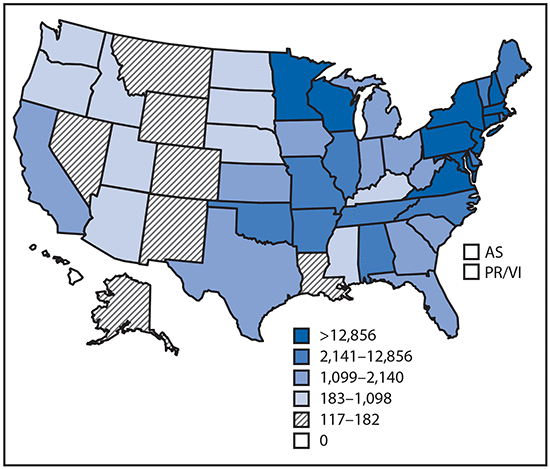
Reported cases* of tickborne disease — U.S. states and territories, 2004–2016
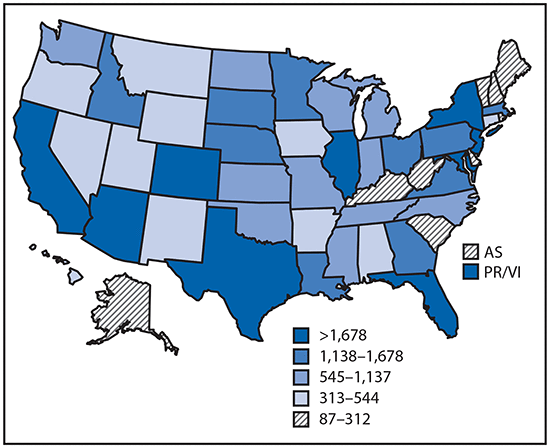
Reported cases* of mosquitoborne disease — U.S. states and territories, 2004–2016
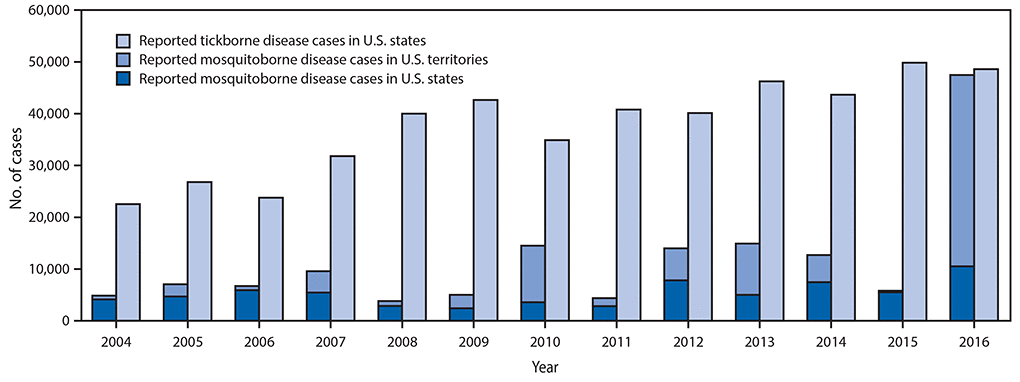
Reported nationally notifiable mosquitoborne,* tickborne, and fleaborne† disease cases — U.S. states and territories, 2004–2016
The number of reported cases of disease from mosquito, tick, and flea bites has more than tripled in the USA (2004-2016)
Wednesday, May 2nd, 2018More cases in the US (2004-2016)
- The number of reported cases of disease from mosquito, tick, and flea bites has more than tripled.
- More than 640,000 cases of these diseases were reported from 2004 to 2016.
- Disease cases from ticks have doubled.
- Mosquito-borne disease epidemics happen more frequently.
More germs (2004-2016)
- Chikungunya and Zika viruses caused outbreaks in the US for the first time.
- Seven new tickborne germs can infect people in the US.
More people at risk
- Commerce moves mosquitoes, ticks, and fleas around the world.
- Infected travelers can introduce and spread germs across the world.
- Mosquitoes and ticks move germs into new areas of the US, causing more people to be at risk.
The US is not fully prepared
- Local and state health departments and vector control organizations face increasing demands to respond to these threats.
- More than 80% of vector control organizations report needing improvement in 1 or more of 5 core competencies, such as testing for pesticide resistance.
- More proven and publicly accepted mosquito and tick control methods are needed to prevent and control these diseases.
Vector-Borne Diseases Reported by States to CDC
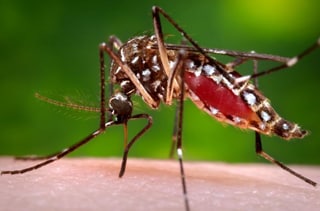
Mosquito-borne diseases
- California serogroup viruses
- Chikungunya virus
- Dengue viruses
- Eastern equine encephalitis virus
- Malaria plasmodium
- St. Louis encephalitis virus
- West Nile virus
- Yellow fever virus
- Zika virus
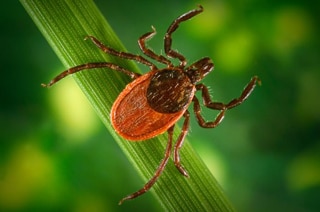
Tickborne diseases
- Anaplasmosis/ehrlichiosis
- Babesiosis
- Lyme disease
- Powassan virus
- Spotted fever rickettsiosis
- Tularemia
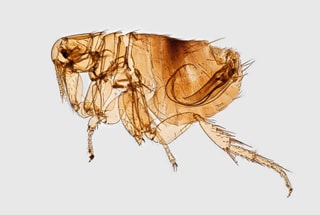
Fleaborne disease
- Plague
For more information: https://wwwn.cdc.gov/nndss/
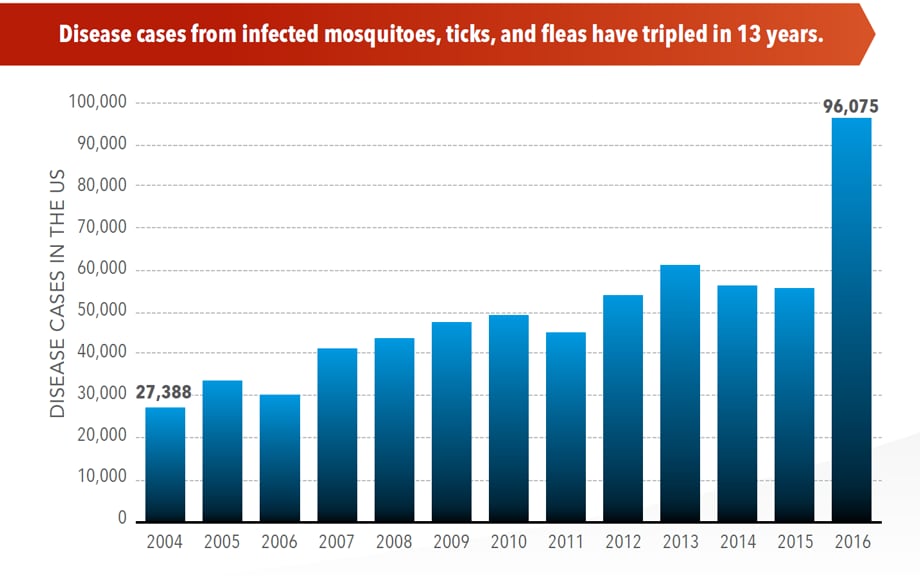
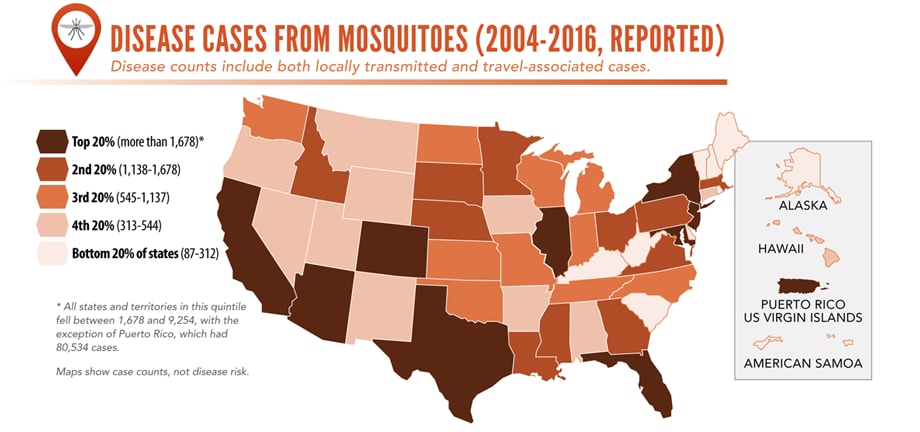
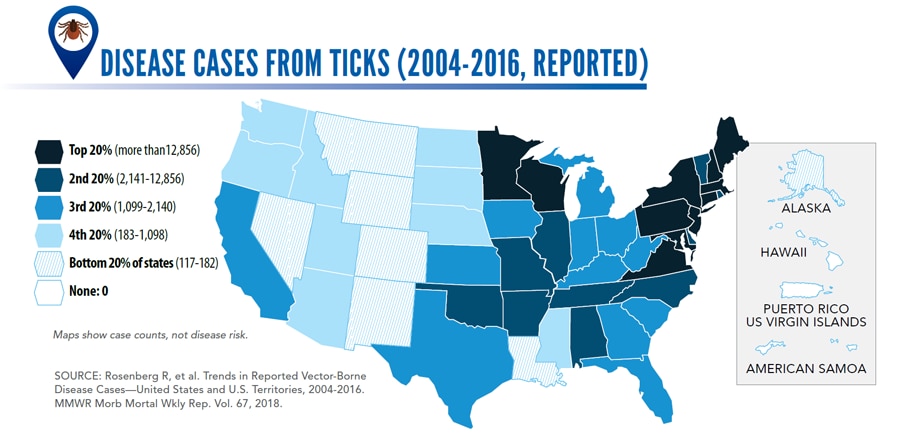
Nearly one billion people will be vaccinated against yellow fever in 27 high-risk African countries by 2026 with support from WHO, Gavi – the Vaccine Alliance, UNICEF and more than 50 health partners.
Thursday, April 12th, 201810 April 2018 | Abuja, Nigeria – Nearly one billion people will be vaccinated against yellow fever in 27 high-risk African countries by 2026 with support from WHO, Gavi – the Vaccine Alliance, UNICEF and more than 50 health partners.
The commitment is part of the Eliminate Yellow fever Epidemics (EYE) in Africa strategy, which was launched by Dr Tedros Adhanom Ghebreyesus, WHO Director-General, Professor Isaac Folorunso Adewole, Nigeria’s Minister of Health and partners at a regional meeting in Abuja, Nigeria on Tuesday (10 April).
“The world is facing an increased risk of Yellow fever outbreaks and Africa is particularly vulnerable,” said Dr Tedros. “With one injection we can protect a person for life against this dangerous pathogen. This unprecedented commitment by countries will ensure that by 2026 Africa is free of Yellow fever epidemics.”
During the three-day EYE strategy regional launch meeting representatives from key African countries, WHO, UNICEF, Gavi, and other partners are developing a roadmap on how to roll-out the EYE strategy at national level. This implementation effort follows the endorsement of the strategy by African Ministers of Health at the 67th WHO regional committee in September 2017.
“This comprehensive, global strategy offers an unprecedented opportunity to end the devastating Yellow fever epidemics that periodically impact Africa,” said Dr Seth Berkley, CEO of Gavi, the Vaccine Alliance. “Ensuring that the most vulnerable communities have access to the vaccine through routine systems plays a central role in making this happen. Vaccine manufacturers and Gavi partners have worked hard to improve the global vaccine supply situation in recent years to make sure there is enough vaccine to respond to outbreaks, allow preventive campaigns and that routine immunization functions at full capacity.”
The three objectives of the strategy include protecting at-risk populations through preventive mass vaccination campaigns and routine immunization programmes, preventing international spread, and containing outbreaks rapidly. Developing strong surveillance with robust laboratory networks is key to these efforts.
UNICEF will make vaccines available, advocate for greater political commitment and provide support in vaccinating children through routine immunization as well as during outbreaks of the disease.
“Today, the threat of yellow fever looms larger than ever before, especially for thousands of children across Africa,” said Stefan Peterson, UNICEF’s Chief of Health. “Given that almost half of the people to be vaccinated are children under 15 years of age, this campaign is critical to saving children’s lives, and would go a long way toward stamping out this disease.”
After outbreaks of Yellow fever in densely populated cities in Angola and the Democratic Republic of Congo caused 400 deaths in 2016, the acute viral haemorrhagic disease re-emerged as a serious global public health threat. Brazil is currently battling its worst outbreak of Yellow fever in decades with more than 1,000 confirmed cases. The ease and speed of population movements, rapid urbanization and a resurgence of mosquitoes due to global warming have significantly increased the risk of urban outbreaks with international spread.
Experience in West Africa demonstrates that the EYE strategy can work. When Yellow fever re-emerged as a public health issue in the early 2000s, countries in the region controlled the epidemics through preventive mass campaigns combined with routine immunization. No yellow fever epidemics have been recorded since in countries which successfully implemented this approach.
Note to the Editors
The EYE strategy partners include GAVI the Vaccine Alliance, Endemic and New Technologies Franchise Sanofi Pasteur, Sealy Center for Vaccine Development at the University of Texas, GE Foundation, United Nations Children’s Fund (UNICEF), United States Agency for International Development (USAID), Agence de Médecine Préventive (AMP), School of Veterinary Medicine University of Surrey, Bio Manguinhos/Fiocruz, Department for International Development (DFID), Institut Pasteur Dakar, ExxonMobil, Save the Children, ArcelorMittal, Wellcome Trust, Imperial College London, Centers for Disease Control and Prevention (CDC), United Nations High Commissioner for Refugees (UNHCR), Sanofi Pasteur, Department of Tropical Medicine University of Hawaii, Medair, Chumakov Federal Scientific Center for Research & Development of Immune-and-Biological Products Russian Academy of Medical Sciences, China National Biotech Group, Skoll Global Threats Fund, Bill & Melinda Gates Foundation, International Federation of Red Cross and Red Crescent Societies (IFRC), National Institutes of Health (NIH), BioProtection Systems/NewLikn Genetics Corp., Robert Koch-Institut, Regional Immunization Technical Advisory Group (RITAG), PATH – Center for Vaccine Innovation and Access, Department of Entomology University of California, World Meteorological Organization (WMO), Vaccinology and Immunology Unit University Hospitals Geneva, Nigerian Academy of Science, Médecins Sans Frontières (MSF), Instituto Evandro Chagas (IEC), International Organization for Migration (IOM) and European Centre for Disease Prevention and Control (ECDC).
The Brazilian Ministry of Health yesterday noted 211 newly confirmed yellow fever cases, including 38 more deaths.
Friday, March 30th, 2018“O Brasil confirmou 1.131 casos e 338 óbitos no período de 1º julho de 2017 a 27 de março deste ano. No mesmo período do ano passado, foram confirmados 660 casos e 210 óbitos……”
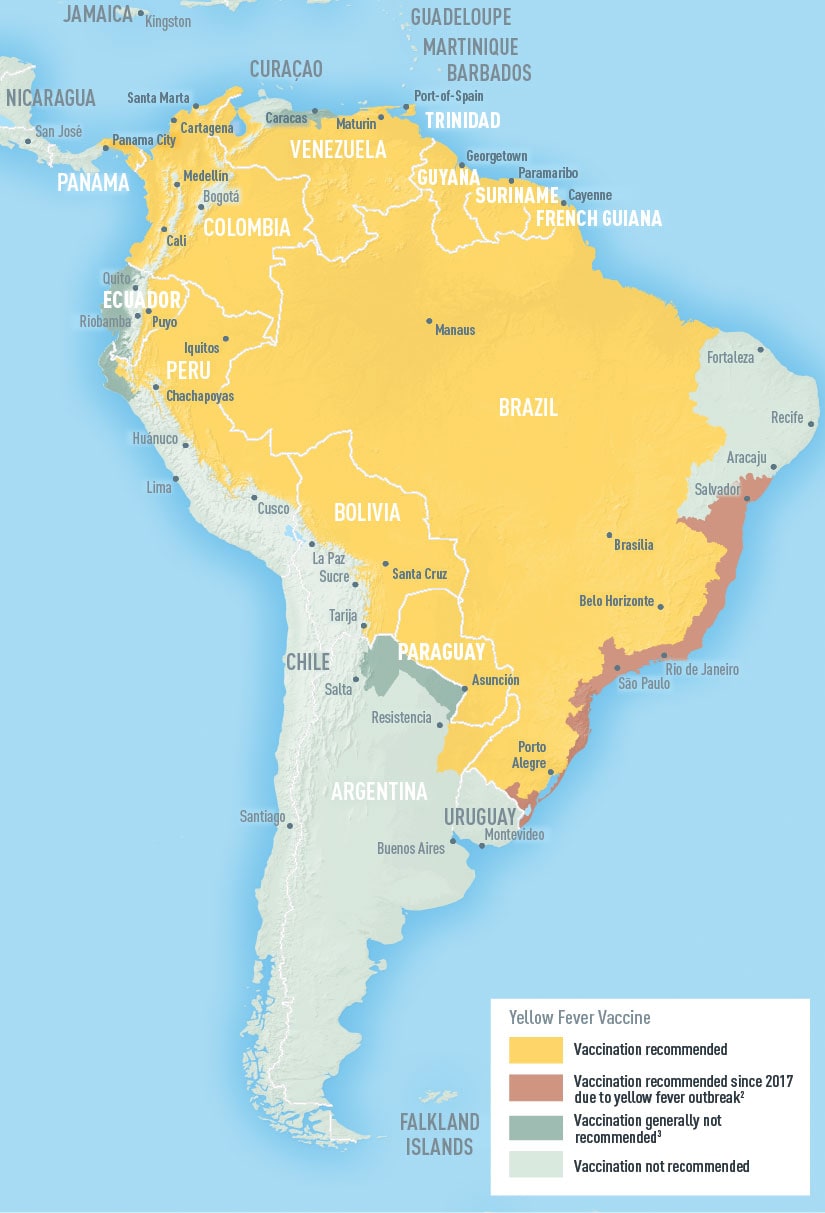
Alert – Level 2, Practice Enhanced Precautions in Brazil due to Yellow Fever
Friday, March 23rd, 2018Yellow Fever in Brazil
Key Points
- There is a large, ongoing outbreak of yellow fever in multiple states of Brazil(https://wwwnc.cdc.gov/travel/destinations/traveler/none/brazil). Since early 2018, a number of unvaccinated travelers to Brazil contracted yellow fever; many of these travelers were infected on the island of Ilha Grande (Rio de Janeiro State). Several have died.
- Travelers to Brazil should protect themselves from yellow fever by getting yellow fever vaccine at least 10 days before travel, and preventing mosquito bites.
- In addition to areas in Brazil where yellow fever vaccination has been recommended since before the recent outbreaks, the vaccine is now also recommended for people who are traveling to or living in: All of Espirito Santo State, São Paulo State, and Rio de Janeiro State as well as a number of cities in Bahia State.
- People who have never been vaccinated against yellow fever should avoid traveling to areas of Brazil where yellow fever vaccination is recommended.
- Travelers going to areas with ongoing outbreaks may consider getting a booster dose of yellow fever vaccine if it has been 10 or more years since they were vaccinated.
- Yellow fever vaccine is available at a limited number of clinics in the United States, so travelers should plan ahead to get the vaccine.
What is yellow fever?
Yellow fever is caused by a virus that is spread through mosquitoes. Symptoms of yellow fever (fever, chills, headache, backache, and muscle aches) take 3–6 days to develop. About 15% of people who get yellow fever develop serious illness including bleeding, shock, organ failure, and sometimes death.
What is the current situation?
In early 2017, the Brazilian Ministry of Health reported outbreaks of yellow fever in several eastern states, including areas where yellow fever was not traditionally considered to be a risk. Since the end of 2017, yellow fever cases have reoccurred in several states, especially in the states of Rio de Janeiro, Minas Gerais, and São Paulo, including areas close to the city of São Paulo.
In early 2018, a case of yellow fever was reported in an unvaccinated Dutch traveler who had stayed near the São Paulo metropolitan region. Since then, there have been reports of other unvaccinated travelers to Brazil who visited areas with yellow fever outbreaks and contracted yellow fever; many of these travelers were infected on the island of Ilha Grande (Rio de Janieiro State). Several of these travelers died. None were from the United States.
In response to the outbreak that began in early 2017, the World Health Organization has expanded the list of areas where yellow fever vaccination is recommended for international travelers to Brazil.
In addition to areas in Brazil where yellow fever vaccination has been recommended since before the recent outbreaks, the vaccine is now also recommended for people who are traveling to or living in:
- All of Espirito Santo State
- All of São Paulo State, the city of São Paulo and all coastal islands
- All of Rio de Janeiro State, including the city of Rio de Janeiro and all coastal islands
- A number of cities in Bahia State
Expanded Yellow Fever Vaccine Recommendation Areas in Brazil
The Brazilian Ministry of Health maintains a regular list of all other cities in Brazil for which yellow fever vaccination has been recommended since before the recent outbreaks. This list does not include recently added areas above. It is located at http://portalsaude.saude.gov.br/images/pdf/2015/novembro/19/Lista-de-Municipios-ACRV-Febre-Amarela-Set-2015.pdf.
What can travelers do to prevent yellow fever?
Get yellow fever vaccine
- Yellow fever vaccine is the best protection against yellow fever disease, which can be fatal. Anyone 9 months or older who travels to areas where yellow fever vaccine is recommended should be vaccinated against yellow fever at least 10 days before travel. For most travelers, one dose of yellow fever vaccine provides long-lasting protection. However, parts of Brazil are currently higher risk because of the outbreak. Travelers may consider getting a booster dose of yellow fever vaccine if traveling to areas with yellow fever outbreaks and it’s been 10 or more years since they were vaccinated. Areas with outbreaks include the states of Rio de Janeiro, Minas Gerais, and São Paulo.
People who have never been vaccinated against yellow fever for any reason should avoid traveling to areas of Brazil where yellow fever vaccination is recommended.
Yellow fever vaccine is currently available at only a limited number of clinics in the United States. Travelers should contact a yellow fever vaccine provider well in advance of travel. Search for a yellow fever vaccine provider near you(https://wwwnc.cdc.gov/travel/yellow-fever-vaccination-clinics/search).
Yellow fever vaccine is not recommended for some people. Talk with a health care provider if you have questions about the yellow fever vaccine.
Prevent insect bites
Because yellow fever and other diseases are spread by mosquito bites, all travelers to Brazil should prevent mosquito bites by using insect repellent, wearing long-sleeved shirts and pants when outdoors, and sleeping in an air-conditioned or well-screened room or under an insecticide-treated bed net.
If you get sick during or after travel
Talk to a doctor or nurse if you get sick, especially if you have a fever. Tell them you have been in a country with yellow fever.
Additional Information
Clinician Information
- Yellow Fever in CDC Health Information for International Travel (“Yellow Book”)
- Yellow Fever Vaccination: Information for Healthcare Professionals
- Yellow Fever Vaccine: Recommendations of the Advisory Committee on Immunization Practices (MMWR 2010)
- Yellow Fever Vaccine Booster Doses: Recommendations of the Advisory Committee on Immunization Practices, 2015
Since January 2018, 10 travel-related cases of yellow fever, including four deaths, have been reported in international travelers returning from Brazil.
Sunday, March 18th, 2018Brazil is suffering its worst outbreak of yellow fever in decades and is now circling the megacities of Rio de Janeiro and São Paulo, threatening to become this country’s first-blown urban epidemic since 1942.
Tuesday, March 6th, 2018- The virus kills 3 percent to 8 percent of those who are infected
- There have been 237 deaths since the hot season began
- The fatality rate will explode if the virus reaches the slums and the clouds of Aedes aegypti mosquitoes swarming there.
- Health officials are struggling to vaccinate 23 million people.
- “…..The vaccine….is highly effective — one dose normally provides lifetime protection. But it is not harmless. It cannot be given to newborns or anyone with a compromised immune system. It is given to people older than 60, pregnant women, or children younger than 8 months only when the risk of infection is high.
About one recipient in 100,000 suffers a dangerous reaction like jaundice, hepatitis or encephalitis, Dr. Marques said, and about one in a million dies…..”





